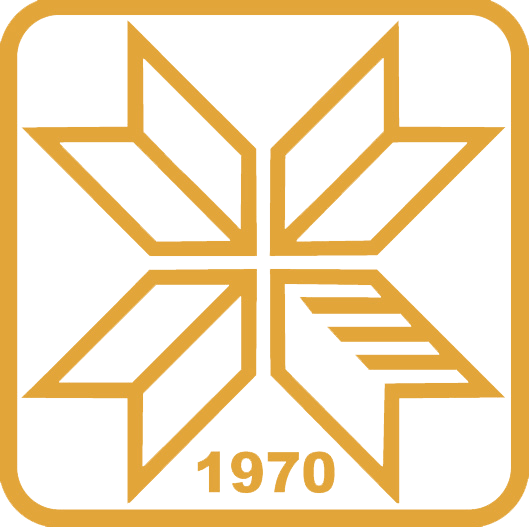Приказ основних података о документу
Implementation of electronic learning in the class teaching in primary school
| dc.contributor.author | Milenovic, Zivorad | |
| dc.contributor.author | Minic, Vesna | |
| dc.contributor.author | Milovanovic, Bosko | |
| dc.contributor.author | Arsic, Radomir | |
| dc.contributor.author | Jeremic, Biljana | |
| dc.contributor.author | Vasilijevic, Danijela | |
| dc.date.accessioned | 2022-09-21T09:29:34Z | |
| dc.date.available | 2022-09-21T09:29:34Z | |
| dc.date.issued | 2020 | |
| dc.identifier.citation | III 47023 „Косово и Метохија између националног идентитета и европских интеграција“ | en_US |
| dc.identifier.uri | https://platon.pr.ac.rs/handle/123456789/555 | |
| dc.description.abstract | This paper will present the results of an empirical study on the implementation of electronic learning in lower primary school classes (ELLPSC).The crucial goal of electronic learning is to enable children to learn more effectively, to be in charge of their learning process and to start learning throughresearch, to develop lesson plans on their own and to be encouraged to exchange information within the learning group; moreover, electronic learning should provide more effective feedback on learning success.The research started from the general assumption that electronic learning significantly influences the effectiveness of lower primary school classes, and it encourages thestudents to learn and participate in the classroom.Specific assumptions have been made that this research would determine that university students do not have sufficient knowledge to use ELLPSC and that there is a correlation between thesestudents' opinion about the contribution of electronic learning to the effectiveness of lower primary school classes, as well as to the learning and participation of primary school students in the classroom, and the academic success in their studies so far.In order to confirm this, a survey was conductedin the second half of 2019, on a sample of 105 students -future lower primary school teachers, at the Teachers' training faculty in Prizren (Republic of Serbia), which is presented in this paper.The data collected by using the ELLPSC Scale (? = .824) were analysed by using descriptive statistics and linear correlation.Descriptive statistics has shown that university students generally believe that they have medium knowledge of ELLPSC, as stated by 59 of them (56.20%), while 46 students (43.80%) felt that they had insufficient knowledge of ELLPSC.Linear correlation has identified a strong and positive correlation between the university students' opinion about the contribution of electronic learning to the effectiveness of lower primary school classes, as well as to the learning and participation of primary school students in the classroom, and the academicsuccess in their studies so far: r = .972; n = 105; p = .000, r? = .945; d = 94.478%cv.Based on the critical comparative analyzes presented in this paper, and the results of the empirical research, along with considering the didactic and methodological practice in the Republic of Serbia where electronic learning is still not used sufficiently, it was suggested that the ELLPSC should be more efficient (Table4; Graph 2). | en_US |
| dc.language.iso | en | en_US |
| dc.publisher | Bucharest | en_US |
| dc.rights | CC0 1.0 Универзална | * |
| dc.rights.uri | http://creativecommons.org/publicdomain/zero/1.0/ | * |
| dc.title | Implementation of electronic learning in the class teaching in primary school | en_US |
| dc.title.alternative | The 16th International Scientific Conference eLearning and Software for Education Bucharest, April 23-24, 2020 | en_US |
| dc.type | clanak-u-casopisu | en_US |
| dc.description.version | publishedVersion | en_US |
| dc.identifier.doi | 10.12753/2066-026X-20-046 | |
| dc.citation.volume | 1 | |
| dc.citation.spage | 353 | |
| dc.citation.epage | 361 | |
| dc.subject.keywords | educational software; implementation of educational software; student learning and participation in the classroom; innovative models; backwards design in lesson planning | en_US |
| dc.type.mCategory | M14 | en_US |
| dc.type.mCategory | openAccess | en_US |
| dc.type.mCategory | M14 | en_US |
| dc.type.mCategory | openAccess | en_US |

